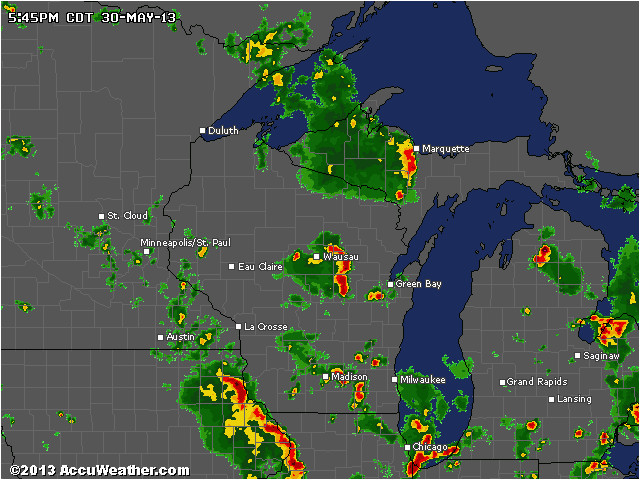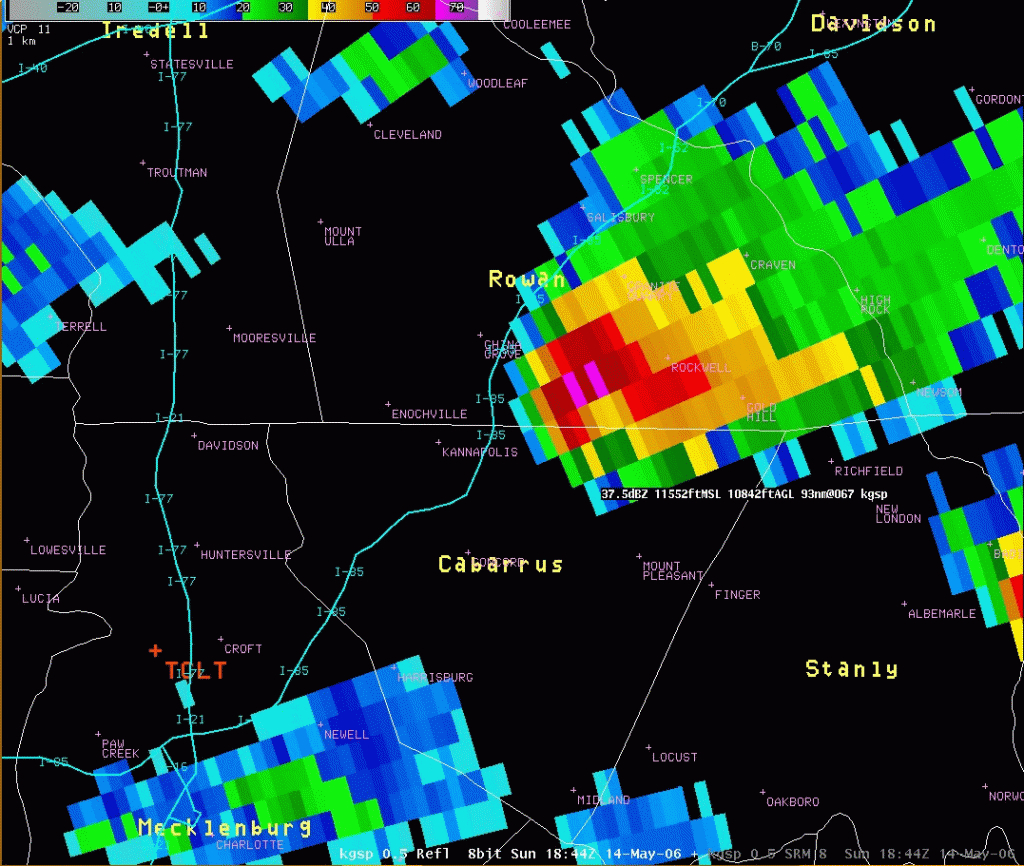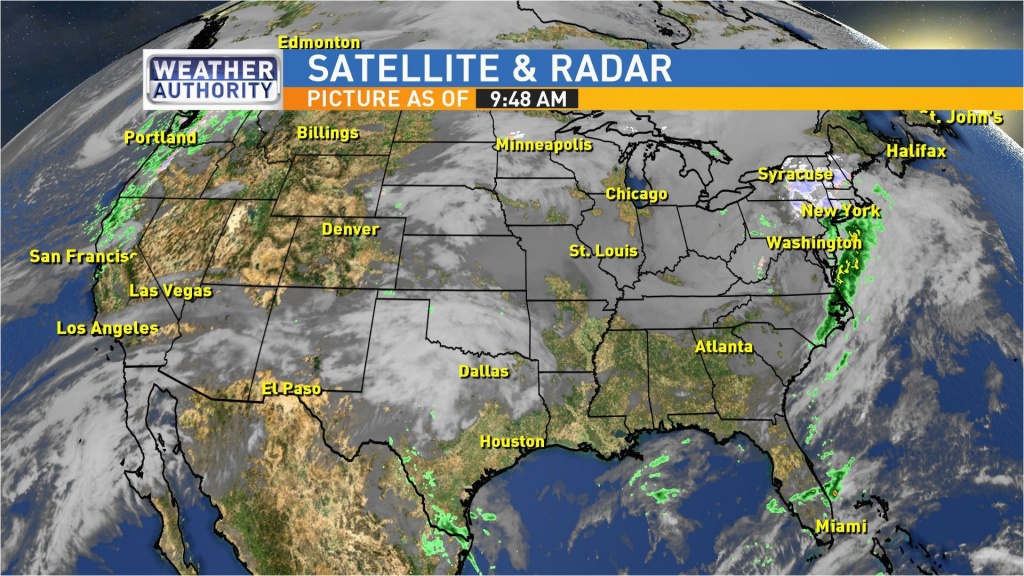

This is helpful for picking out snow/mix/rain transition zones In all snow situations, dBZ values of 40 indicate 3-4”/hr snowfall rates and whiteout conditions.

Anything larger than this is usually due to “bright banding” where the radar is seeing the part of the atmosphere where snowflakes are clumping together and melting into raindrops.

Because the earth is round and the radar beam is flat, the farther away from the radar tower the beam (energy) travels, the farther removed from the ground becomes. There is a notable constraint to radar data though. This is the highest resolution radar data available which enables you to see features such as sea breeze or outflow boundaries that standard resolution radar entirely misses. This data is gathered from over a hundred radar towers located across the US.
#CURRENT US RADAR IN MOTION PLUS#
#CURRENT US RADAR IN MOTION ARCHIVE#
Base reflectivity (with archive since 1991).Radar & Lightning Radar & Lightning Radar.Forecast Ensemble Heatmaps (Up to 5 models, multiple runs, graph up to 16 days) EXTRA.Forecast Ensemble (Up to 5 models, multiple runs, graph up to 16 days).Forecast XL (Graph and table up to 10 days - choose your model).14 day forecast (ECMWF-IFS/EPS, graphs with ranges).Meteograms (Graph 3-5 days - choose your model).Weather overview (Next hours and days, 14 day forecast).Tropical cyclone tracks (ECMWF/Ensemble).


 0 kommentar(er)
0 kommentar(er)
